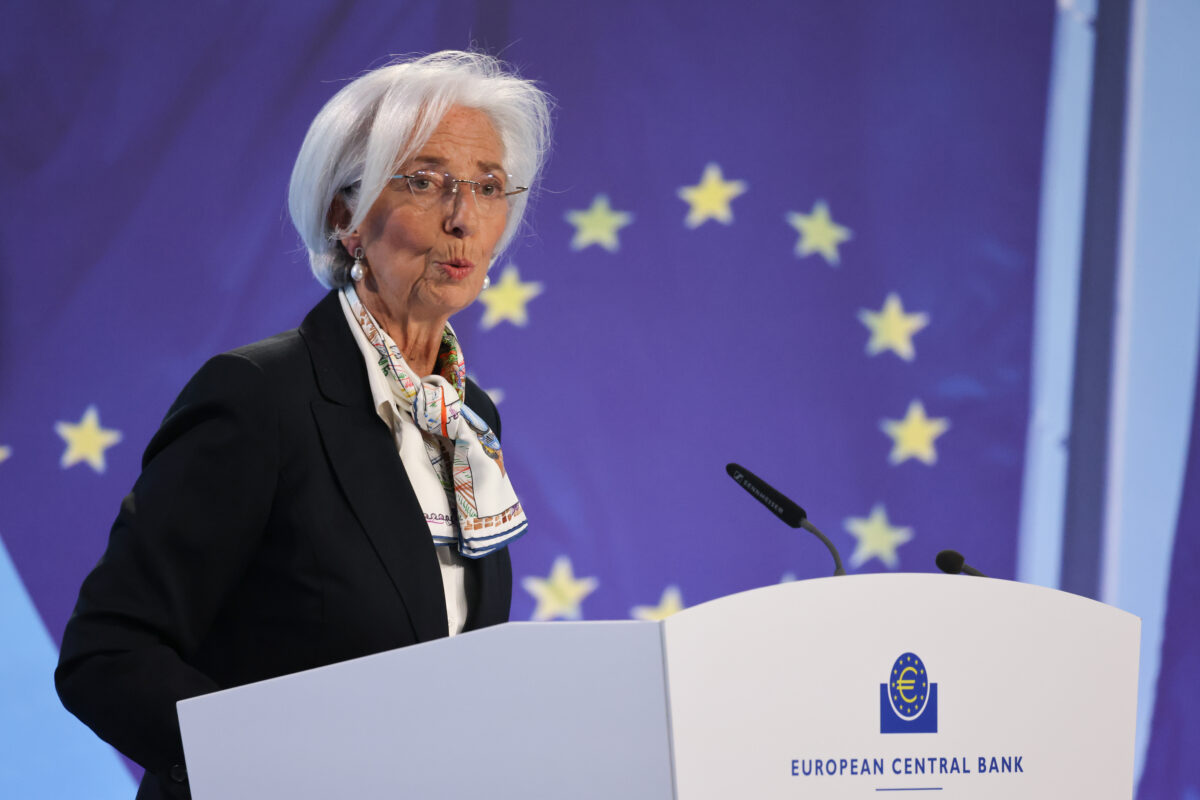FMW-Redaktion
Goldman Sachs wieder mit einem Paukenschlag: der Ölpreis könnte auf 20 Dollar fallen – wird sich jedenfalls nich signifikant erholen in nächster Zeit (sprich bis Ende 2016).

Fracking im „Bakken“-Feld im US-Bundesstaat North Dakota.
Foto: Joshua Doubek / Wikipedia (CC BY-SA 3.0)
Zunächst sieht Goldman nicht in China, sondern in den Fundamentaldaten des Ölmarkts selbst den eigentlichen Grund für den Preisverfall:
„Oil prices have declined sharply over the past month to our $45/bbl WTI Fall forecast. While this decline was precipitated by macro concerns, it was warranted in our view by weak fundamentals. In fact, the oil market is even more oversupplied than we had expected and we now forecast this surplus to persist in 2016 on further OPEC production growth, resilient non-OPEC supply and slowing demand growth, with risks skewed to even weaker demand given China’s slowdown and its negative EM feedback loop.“
Und aufgrund des Überabgebots senkt Goldman seine Prognose für den Ölpreis erneut:
„Given our updated forecast for a more oversupplied oil market in 2016, we are lowering our oil price forecast once again. Our new 1-, 3-, 6- and 12-mo WTI oil price forecast are $38/bbl, $42/bbl, $40/bbl and $45/bbl. Our 2016 forecast is $45/bbl vs. $57/bbl previously and forwards at $51/bbl. As we continue to view US shale as the likely near-term source of supply adjustment given the short cycle nature of shale production, we forecast that US Lower 48 crude & NGL production will decline by 585 kb/d in 2016 with other non-OPEC supply down 220 kb/d to end the oversupply by 4Q16.“
Was ist derzeit das Problem der US-Shale-Unternehmen? Sie kommen kaum mehr an Kredite, müssen Zinsen für ihre Anleihen aufbringen, und gleichzeitig fällt der Ölpreis – sinken also die Einnahmen. Goldman spricht von einer „sharp intensification in producer financial stress“. Um eben diese Einnahmen aus dem Ölverkauf zumindest aufrecht zu erhalten, müssen die Fracking-Firmen ihre Produktion erhöhen.
Goldman weiter:
„This creates the risk that a slowdown in US production takes place too late or not at all, forcing oil markets to balance elsewhere or as they have historically cleared, through a collapse to production costs once the surplus breaches logistical and storage capacity. Net, while we are increasingly convinced that the market needs to see lower oil prices for longer to achieve a production cut, the source of this production decline and its forcing mechanism is growing more uncertain, raising the possibility that we may ultimately clear at a sharply lower price with cash costs around $20/bbl Brent prices, on our estimates. While such a drop would prove transient and help to immediately rebalance the supply and demand for barrels, it would likely do little for the longer-term capital imbalance in the market with only lower prices for longer rebalancing the capital markets for energy.“
Bums – also 20 Dollar, wenn es ungünstig läuft. Jedenfalls wenig Perspektive auf nachhaltig steigende Ölpreise, wenn man Goldman Sachs glaubt. Und wer täte das nicht..?
Kommentare lesen und schreiben, hier klicken













Hatte Goldman-Sachs in 2008 den Ölpreis weit über 200 USD gesehen? Gewissen eigenen Interessen wird die Analyse sicherlich wieder mal dienen. ;-)
Dann strong long all in ;-)